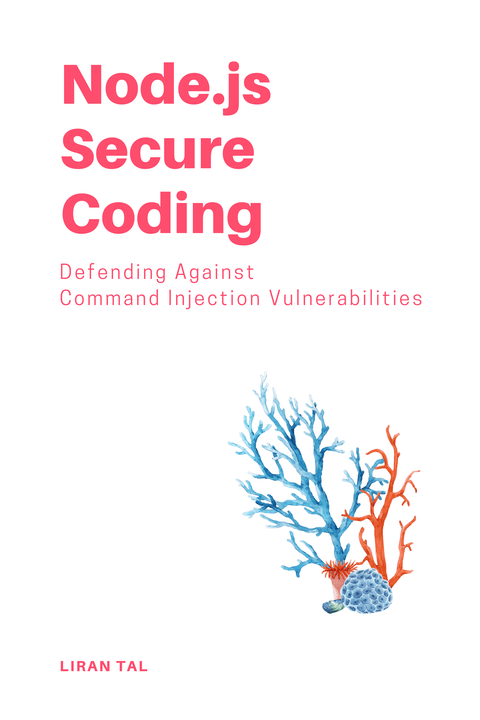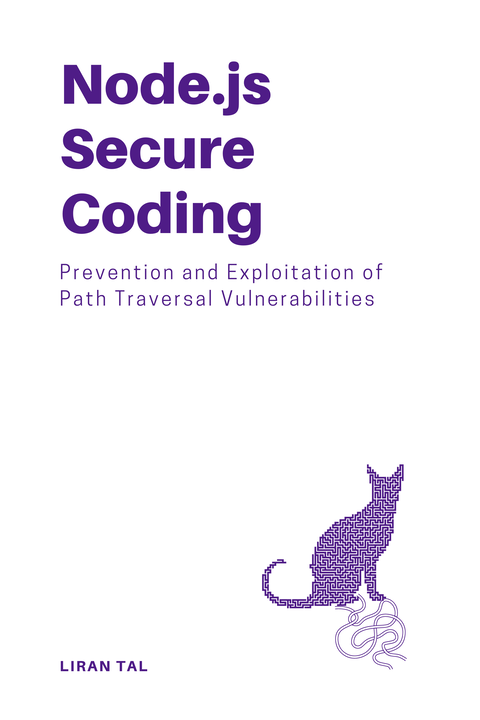~ 3 min read
Command Injection Flaws in ggit: Unveiling a Vulnerability

In this security disclosure report we explore a critical vulnerability within ggit, an npm package that simplifies Git interactions through Node.js promises.
In this security review, ggit presents a convenient way to manage Git repositories, a recent discovery exposes a potential security risk. Let’s dissect the technical details, explore the exploit, and discuss best practices for secure coding.
Decoding ggit: A Promising Git Wrapper
ggit describes itself as a collection of “local promise-returning git command wrappers.” Essentially, it offers a Node.js library that allows developers to interact with Git repositories programmatically using Promises. This can streamline tasks like fetching tags, cloning repositories, or executing other Git commands.
At the heart of ggit lies its functionality for executing Git commands. This is typically achieved through the exec function provided by the Node.js child_process module. While this approach offers flexibility, it also introduces a security concern if not implemented cautiously.
The Command Injection Vulnerability: A Trust Issue with User Input
The reported vulnerability resides within the fetchTags function of ggit. This function aims to retrieve tags associated with a specified Git branch. However, it suffers from a critical flaw in how it handles user input.
Here’s the crux of the issue:
fetchTagsaccepts a branch name as input.- This branch name is then directly concatenated with a pre-defined Git command string.
- The resulting string, potentially containing user-supplied data, is then passed to the
execfunction.
This approach creates a security risk because it fails to properly sanitize user input. An attacker could craft a malicious branch name containing additional commands separated by semicolons (;). When fetchTags executes the constructed string, these additional commands would also be executed by the shell, potentially leading to unintended consequences.
👋 Just a quick break
I'm Liran Tal and I'm the author of the newest series of expert Node.js Secure Coding books. Check it out and level up your JavaScript
A Practical Command Injection Exploit
To illustrate this vulnerability, let’s consider a basic proof-of-concept (PoC) scenario:
Environment Setup: Install the vulnerable version of ggit (e.g.,
ggit@2.4.12or earlier).Exploit Script (
poc.js):
const fetchTags = require("ggit").fetchTags;
fetchTags("; touch /tmp/3cpo #").then(function () { // This should ideally just fetch tags console.log("done");});Exploit Breakdown:
- The script retrieves the
fetchTagsfunction fromggit. - It then calls fetchTags with a seemingly innocuous branch name,
"; touch /tmp/3cpo #". - Here’s the breakdown of the malicious input:
; touch /tmp/3cpo: This is a shell command that creates a new file named “3cpo” within the/tmpdirectory.#: This character is used to comment out the remaining text, effectively hiding the malicious portion from casual inspection within the code.
- The script retrieves the
Running the Script: Upon executing the script, the fetchTags function would inadvertently execute the entire provided string. This would result in the creation of a new file named
"3cpo"within the/tmpdirectory, demonstrating the potential for unauthorized file system modifications.
Mitigating the Risk: Building Secure Code
This vulnerability highlights the importance of secure coding practices when dealing with user input. Here are some key takeaways:
Input Validation and Sanitization: Always validate and sanitize user input before using it within commands. Techniques like allowlists or escaping special characters can significantly reduce the risk of injection attacks. (Consider referring to my book Node.js Secure Coding: Defending Against Command Injection Vulnerabilities” for in-depth guidance)
Principle of Least Privilege: Grant only the necessary permissions to processes or libraries. In this case,
ggitlikely doesn’t require full shell access for its core functionality.Alternative Approaches: Consider alternative libraries that prioritize security and provide safer methods for handling user input when interacting with Git commands.

